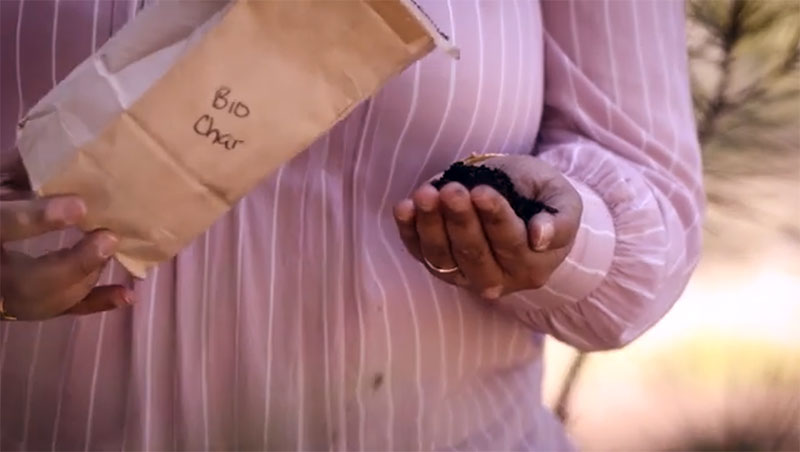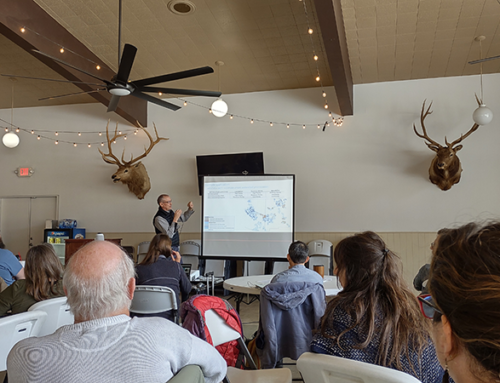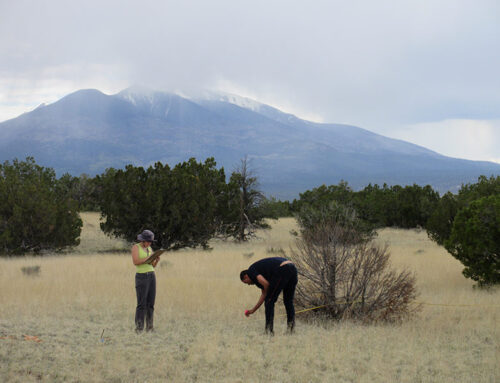The Forest Operations and Biomass Utilization program at ERI focuses on improving the overall economics of restoration treatments through improving operational efficiency and increasing wood and biomass utilization. This fall, ERI staff are working on the following key projects:
Transaction Evidence Appraisal General Sale Attributes
ERI staff have been analyzing Transaction Evidence Appraisal (TEA) data from recent timber sales in the USDA Forest Service Rocky Mountain and Southwestern regions to identify the most significant cost factors of planned fuels treatments. The data revealed that 30–35% of the total sale appraisal cost includes the cost to transport various timber products from fuels treatment project sites to sawmills and other lumber processing facilities.
Along with the projected stump-to-truck operational cost (60-65% of the estimate), the hauling cost represents a considerable portion of the total TEA cost estimation. In Region 3, the Coconino and Kaibab national forests have the highest transportation cost estimates for saw-timber and biomass-timber products. For fuels treatments completed on these two forests, timber products travel an average of 165 miles to reach the nearest processing facility, signifying the need to continue to explore and develop new and innovative lumber markets to lower treatment costs and increase the pace and scale of landscape treatments.
Biochar Application in the Soil of Northern Arizona
The team continues to study the impact of biochar on soil affected by the 2022 Pipeline Fire in northern Arizona. Results show that soil properties were improved through an increase in soil organic carbon, pH, and electrical conductivity.
An additional biochar application study began this fall in the Schultz Fire burn area. ERI teamed with Coconino National Forest to study whether biochar impacts the growth of ponderosa pine in wildfire-affected soil.




